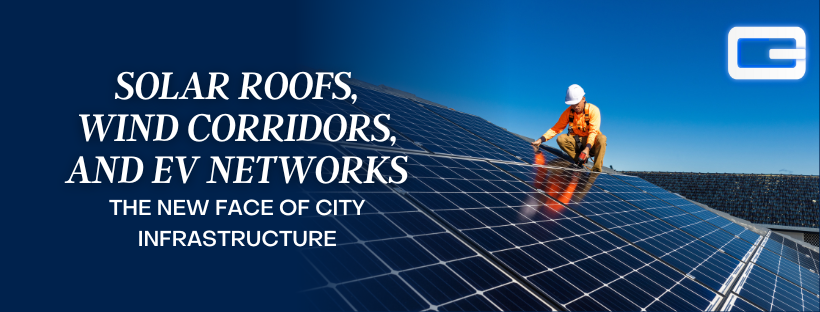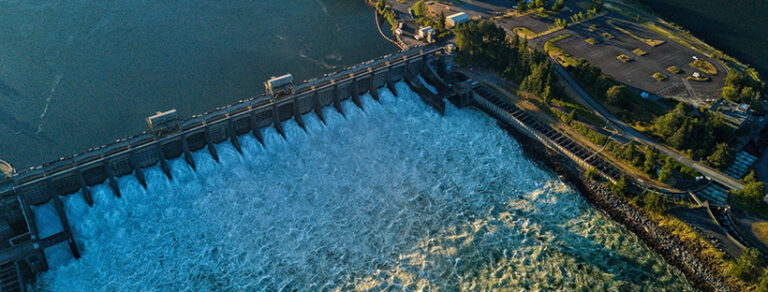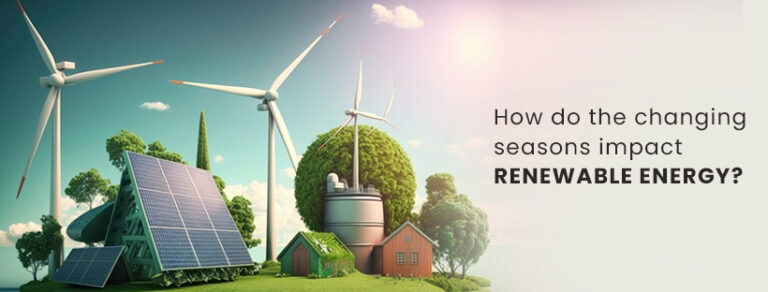Cities around the world are rethinking how they build infrastructure—and three trends are front and center: solar roofs, wind corridors, and EV networks. Together, they are shifting urban design from fossil-reliant systems into smart, sustainable grids that power not just homes and offices, but entire mobility and energy ecosystems.
Solar Roofs: Turning Buildings into Power Plants
Roof-mounted photovoltaic (PV) panels are no longer niche—they’re becoming standard in cities aiming for climate goals. Governments in the European Union are pushing for large commercial buildings to install PV systems on their roofs. For instance, cities are registering and mapping roofscapes to monitor how many buildings host solar installations. This means every roof becomes an asset in the overall energy infrastructure.
At the same time, solar arrays are increasingly deployed along roadsides and in transportation hubs—creating power corridors that feed directly into public transit or electric vehicle charging stations. These distributed solar roofs help reduce peak loads on the grid and enable faster deployment of clean power into urban communities.
Wind Corridors: Harnessing Urban Breezes and Regional Winds
Beyond solar, wind corridors—zones where wind farms, turbine strings, or even building-integrated wind systems deliver energy—are gaining relevance. Regional projects like the hybrid wind-solar park in Gujarat, India, demonstrate how large-scale renewable landscapes feed power to cities. Integrating wind corridors into city infrastructure means that urban centers don’t just consume power—they draw it from nearby renewable zones, reducing transmission losses and increasing resilience.
In urban design, wind-responsive buildings (such as towers with architectural features that channel wind turbines) are also turning into mini generation hubs. These examples point to a new era of infrastructure where buildings and landscapes contribute to generation, not just consumption.
EV Networks: Mobility Meets Energy Infrastructure
Electric vehicle (EV) networks are the third pillar transforming cities. It’s not just about more charging stations—it’s about intelligent networks that link solar roofs, wind generation, and electric mobility. Smart charging infrastructure powered by onsite renewables ensures that electric vehicles draw from low-carbon energy sources. For example, companies are deploying solar-canopy charging stations along major highways, turning transportation corridors into energy conduits.
By linking EV networks to city-scale renewables and grid storage, cities can flatten peak demand, smooth out renewable intermittency, and create mobility systems that are energy-efficient, affordable, and climate-friendly.
Toward a New Urban Infrastructure Paradigm
What ties these three elements together is decentralization and integration. Solar roofs convert buildings into power nodes. Wind corridors feed regional power with minimal losses. EV networks form the mobile layer of infrastructure. Combined, they shift cities from passive consumers to active energy ecosystems.
As cities push toward zero-carbon targets, this triad becomes foundational to future-proof infrastructure. Urban planners and policymakers must prioritize rooftops and mobility corridors as energy assets—not just roads or buildings.




